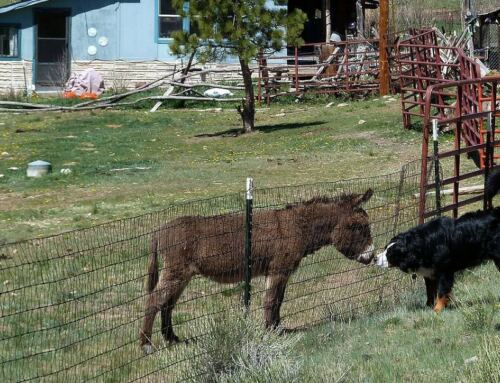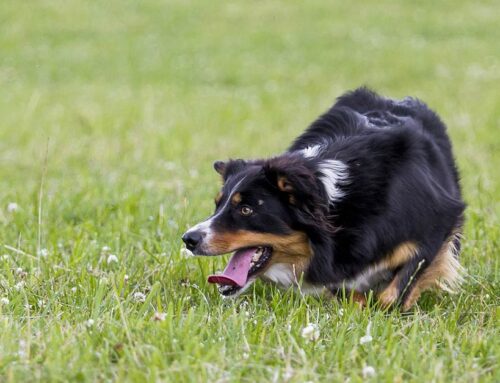I returned home yesterday from a multi-day workshop on training birds at Natural Encounters in Florida. Watching and learning from the best bird trainers on the planet (and that is not hyperbole) was inspirational along with educational. One of the take-aways for me was new language to use when talking about training, any animal.
Many of the participants at the workshop were zoo keepers. People working with animals who have the potential to injure or kill them, i.e., large, wild animals, use the term “protected contact” to describe training in a setting in which the animal can’t touch you. At first glance it looks like a set-up designed with the human’s safety in mind, but it also provides the animal with the information that the human can’t get them either.
The first step we need to take when working with a fearful dog is to provide the dog with an environment in which they feel safe. How we do this depends on what is scaring the dog. Many of the dogs people contact me about are afraid of people. Unless we are able to manage the dog so they consistently feel safe in the company of people, we are not likely going to see progress in their ability to interact with us, or that progress will be painfully slow. It may be so slow that the conclusion is reached that the dog is unsalvageable. We may need to find ways to work with our dogs using “protected contact.” In the following video you will see how I created an environment in which I was able to work with a new foster dog (and yes he is now my dog) to help him learn skills while maintaining his ability to choose how much contact we had. You don’t need to watch the entire video to see how I set it up to make sure that he did not have to worry about me trying to touch him.
[youtube=http://www.youtube.com/watch?v=A5-GPQk9L1g&w=420&h=315]It will be easy to find excuses as to why providing this kind of protected contact is not possible with your dog or the dogs you work with. Those excuses will not change the reality that an animal who has to worry about their physical safety is not going to learn new behaviors as easily as one who knows they are safe and can begin to build a new repertoire of skills and behaviors.





